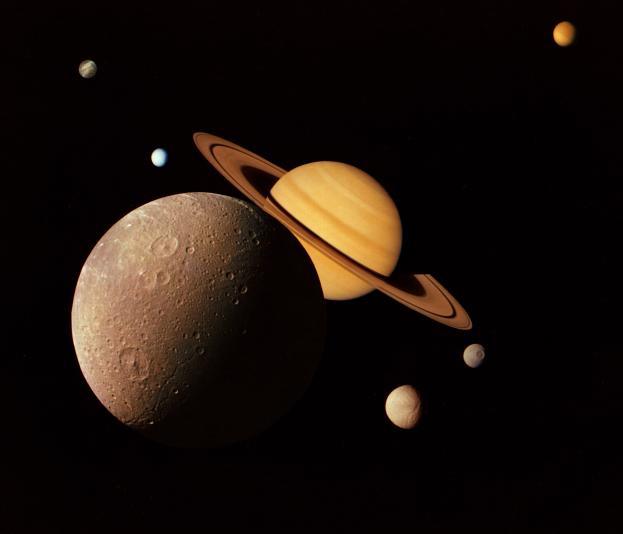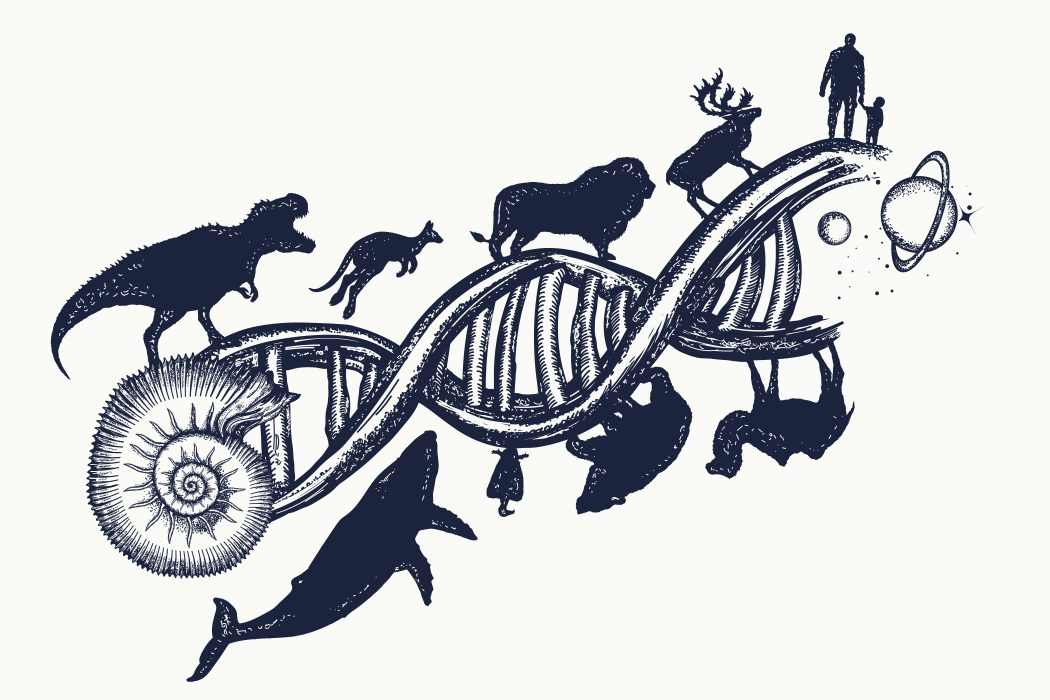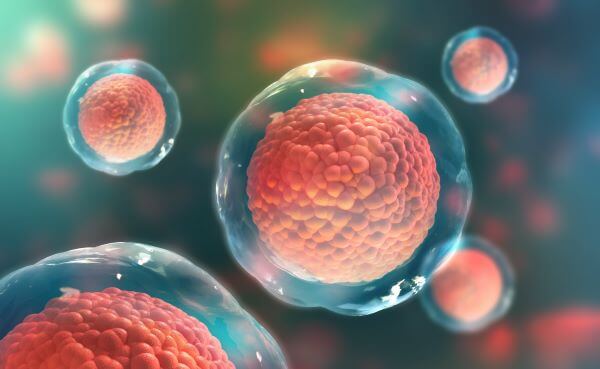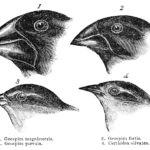Cells are the basic unit of all living things, from single cells that compose the simplest organisms to trillions of cells in the human body’s intricate structures. Every living entity on Earth is composed of cells. We call this the cell theory. According to the cell theory, cells are the fundamental building blocks of living things, all living things are made of cells, and cells come from other cells.
But how were cells discovered? Throughout most of human history doctors, healers, and scientists had no idea that these tiny little lifeforms existed. Even though they cover nearly every single surface, including your entire body.
It wasn’t until the intention of the microscope which was invented about the same time as the telescope, that scientists started to learn what living things are made of.
1660’s: Introduction of the Microscope
In 1672, English naturalist Robert Hooke used a microscope and discovered tiny little compartments inside a cork called cells. He thought that the tiny compartments were “cells of a honeycomb.” This is where our modern term comes from, we call these little units cells because they look like small compartments in a honeycomb.
Robert Hooke also discovered protozoa and cells within plants using the microscope. Everywhere that Hooke looked, and every living thing he examined turned out to be made of cells.
After Robert Hooke , scientists started to investigate what made up the cells. In 1765, German scientist Matthias Schleiden and Theodor Schwann presented their research on what makes up all plant tissues. They believed that all plant tissues were composed of cells.
In 1839, another German scientist Robert Remak was studying embryos when he discovered that cells in embryos divide to make new cells.
In 1827, an Austrian botanist named Eduard Strasburger discovered that the nucleus is the control center for cell division and reproduction.
Theodor Schwann and Matthias Schleiden were correct. All organisms are composed of tiny little compartments called cells. Cells grow and divide forming new cells, all without changing their size or shape.
In the early 1900’s Researchers began to use increasingly more powerful microscopes to examine smaller and smaller structures within a cells. Watts and Hammarsten used a microscope to discover the existence of chromosomes, the structures in a cell that contain DNA.
In 1931, German biologist Karl Correns examined cells under a microscope and discovered paired chromosomes during meiosis. Meiosis is the process by which sexually reproductive organisms make egg and sperm cells to produce offspring.
After centuries of using a microscope to examine living things, we know that every single living things that anyone has looked had has been made of cells.
Not all cells are the same. Some, such as those of bacteria are very simple. These are called prokaryotic cells. Which means that they to not have a nucleus.
Most cells, including our own are much more complex. These are called eukaryotic cells, which means that they do have a nucleus. As well as many other organelles.
In the end, it was the invention of the microscope that led to scientists discovering what made up living things. Without a microscope we would be in the dark about what makes up all living things.






